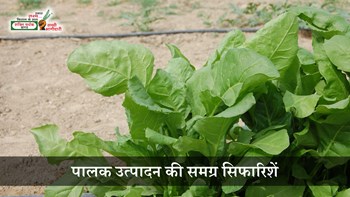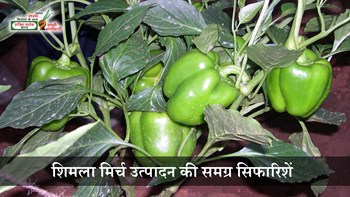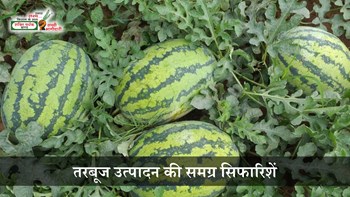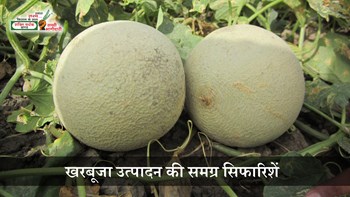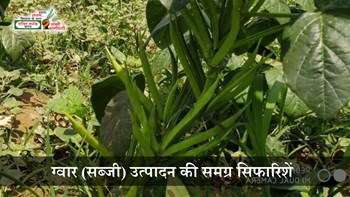Common Maize Diseases and their Management:
- Maize Rust - It's a disease which appears like small reddish-brown pustules on leaves, which release powdery spores. Farmers can manage this disease by planting rust-resistant hybrid seeds. Farmers should also adopt proper irrigation practices to avoid excessive moisture and conduct regular field monitoring for early detection.
- Maize Leaf Blight - It makes the leaves look brownish and yellow, and when this disease spreads further it can kill the leaf tissue. To prevent this disease, farmers can plant resistant maize varieties, rotate crops regularly to break the disease cycle, and remove infected plant debris. In severe cases, fungicides may be necessary to control the spread.
- Maize Streak Virus - This virus is a common infection transmitted by leafhoppers, it creates pale yellow streaks on leaves and disturbs its growth. To prevent this disease the farmers plant disease-resistant maize varieties, controlling leafhopper populations, and avoiding planting maize near infected fields which can reduce its dissemination.
- Gray Leaf Spot - It looks like rectangular grayish lesions that can expand and destroy large sections of the plant. Managing this disease involves ensuring proper plant spacing to promote air circulation or aeration, rotating maize with non-host crops, and applying fungicides when necessary.
- Downy Mildew - When you notice yellowing of leaves with downy white growth on the underside, most probably it is because of Downy Mildew. For its prevention you can try some methods including the use of certified disease-free seeds, practicing crop rotation with non-cereal crops, and applying fungicides if required.
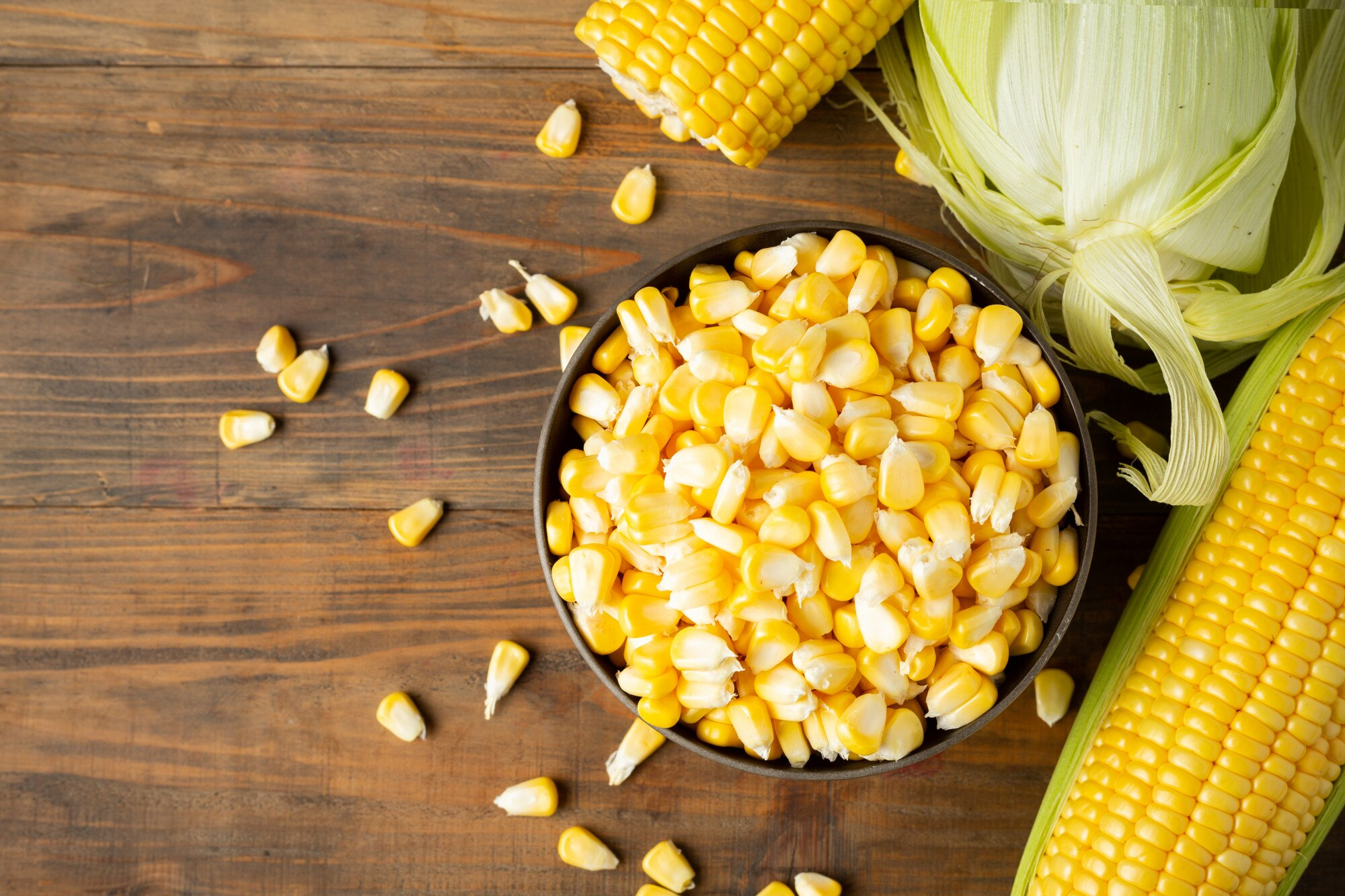
Common Maize Pests and Their Management:
- Fall Armyworm - It causes irregular holes in maize leaves, defoliation, and damage to maize kernels. Farmers should inspect their crops frequently, use pheromone traps (a kind of trap used for pest detection) for early detection, and introduce natural predators like Trichogramma wasps. Bio-pesticide such as neem oil can also be effective against severe infestations.
- Maize Weevils - It damages stored maize kernels, often resulting in significant post-harvest losses. To prevent weevil infestations, farmers should dry maize thoroughly before storage, store it in airtight containers, and maintain cleanliness in storage areas.
- Stem Borers - These are known for tunneling through maize stems and leaves, weakening plant structures. Farmers can control stem borers by planting resistant maize varieties, intercropping with plants like beans that deter borers, and introducing biological control agents such as parasitoid wasps.
- Rootworm Beetles - It attacks maize roots, causing plants to weaken and suffer their growth. Managing rootworms effectively requires crop rotation with non-host crops, applying soil insecticides, and using seed treatments that protect against rootworm infestations.
- Cutworms - These are notorious for severing maize seedlings at the base, killing young plants. To reduce cutworm damage, farmers should clear field debris before planting and apply organic pest control solutions like diatomaceous earth around seedlings.
Effective disease and pest management in maize farming is pivotal for ensuring high yields and securing food security. By implementing preventive measures, adopting IPM (Integrated Pest Management) strategies, and adopting sustainable farming practices, farmers can protect their maize crops from harmful diseases and pests. Regular monitoring, early detection, and timely management are crucial to maintaining healthy maize fields and achieving successful harvests.

